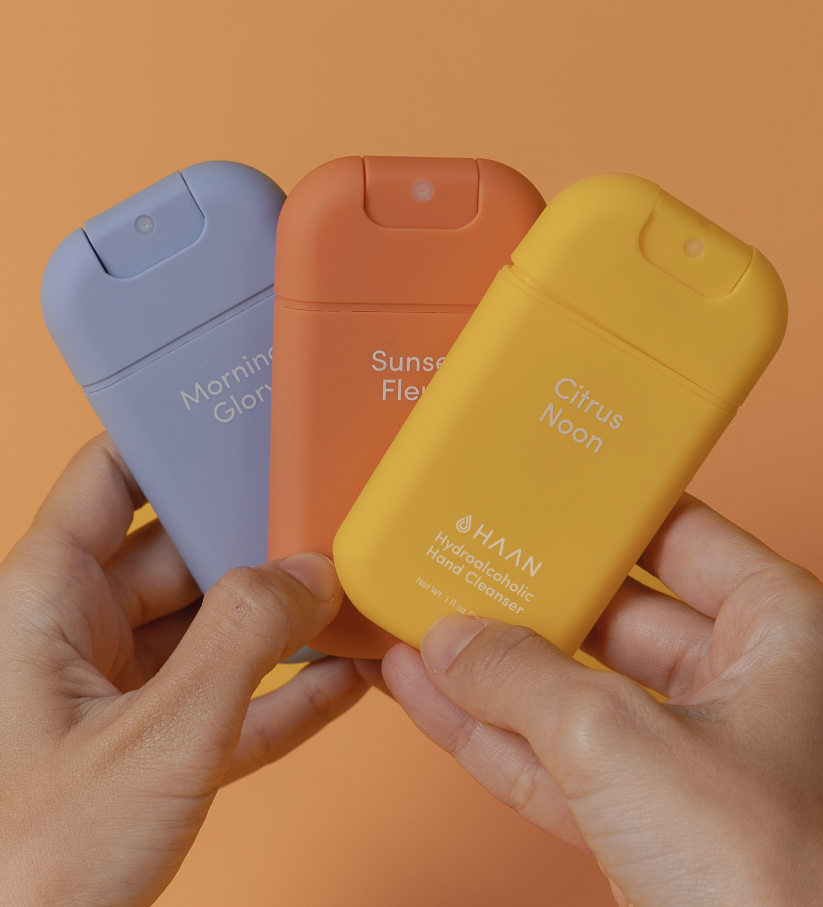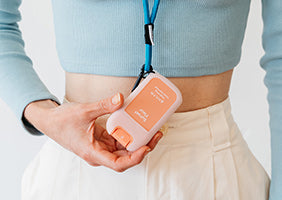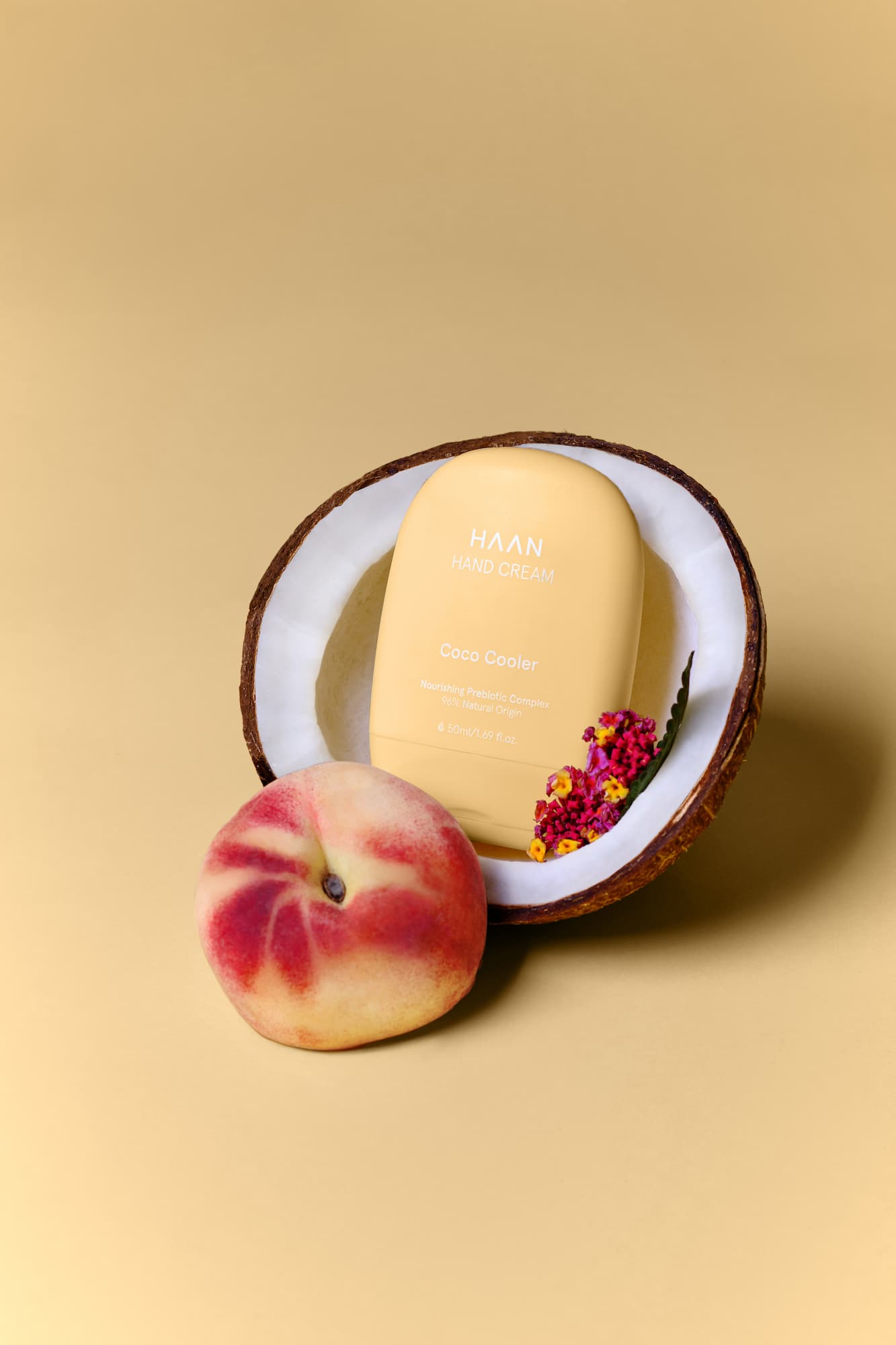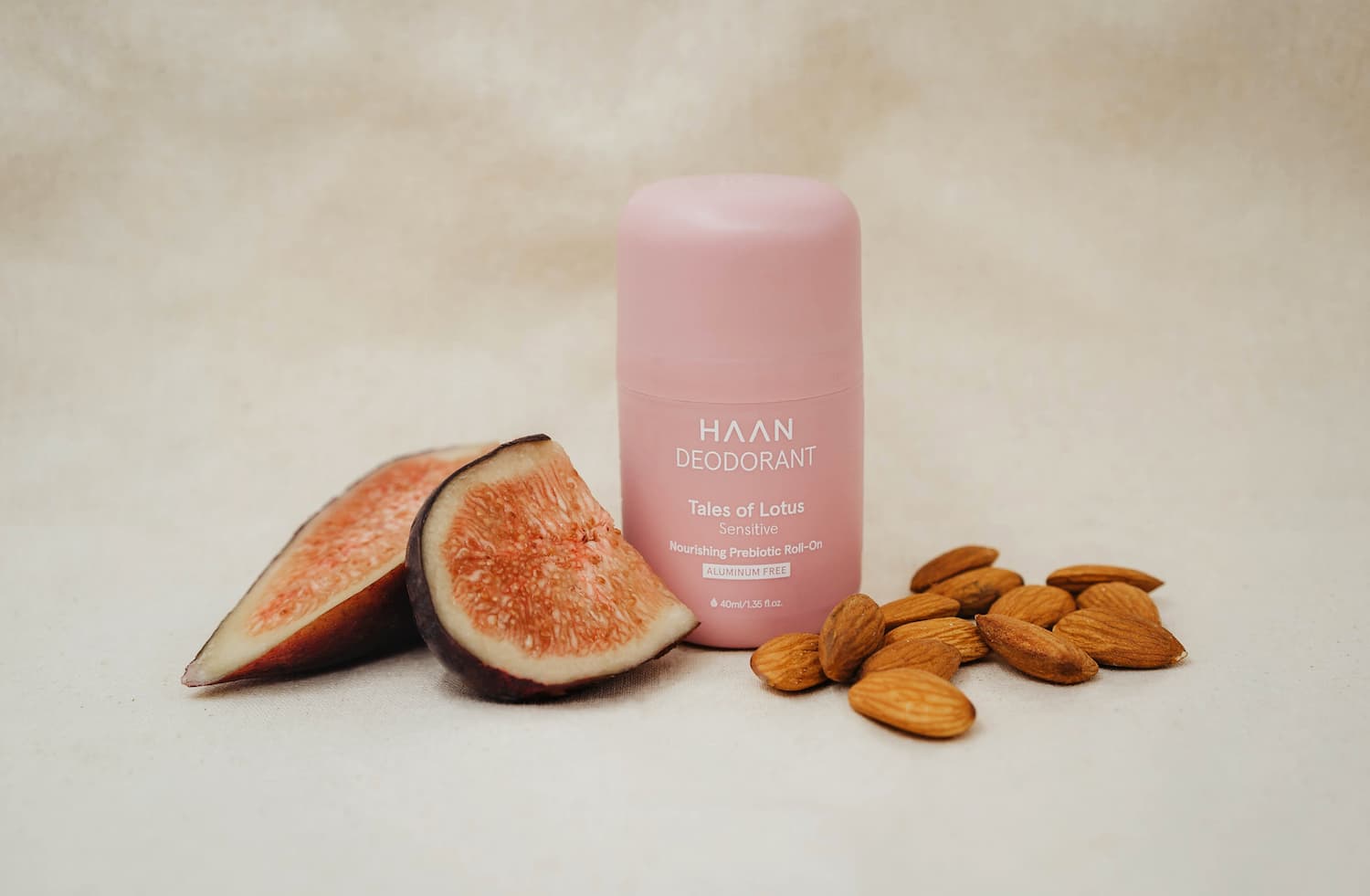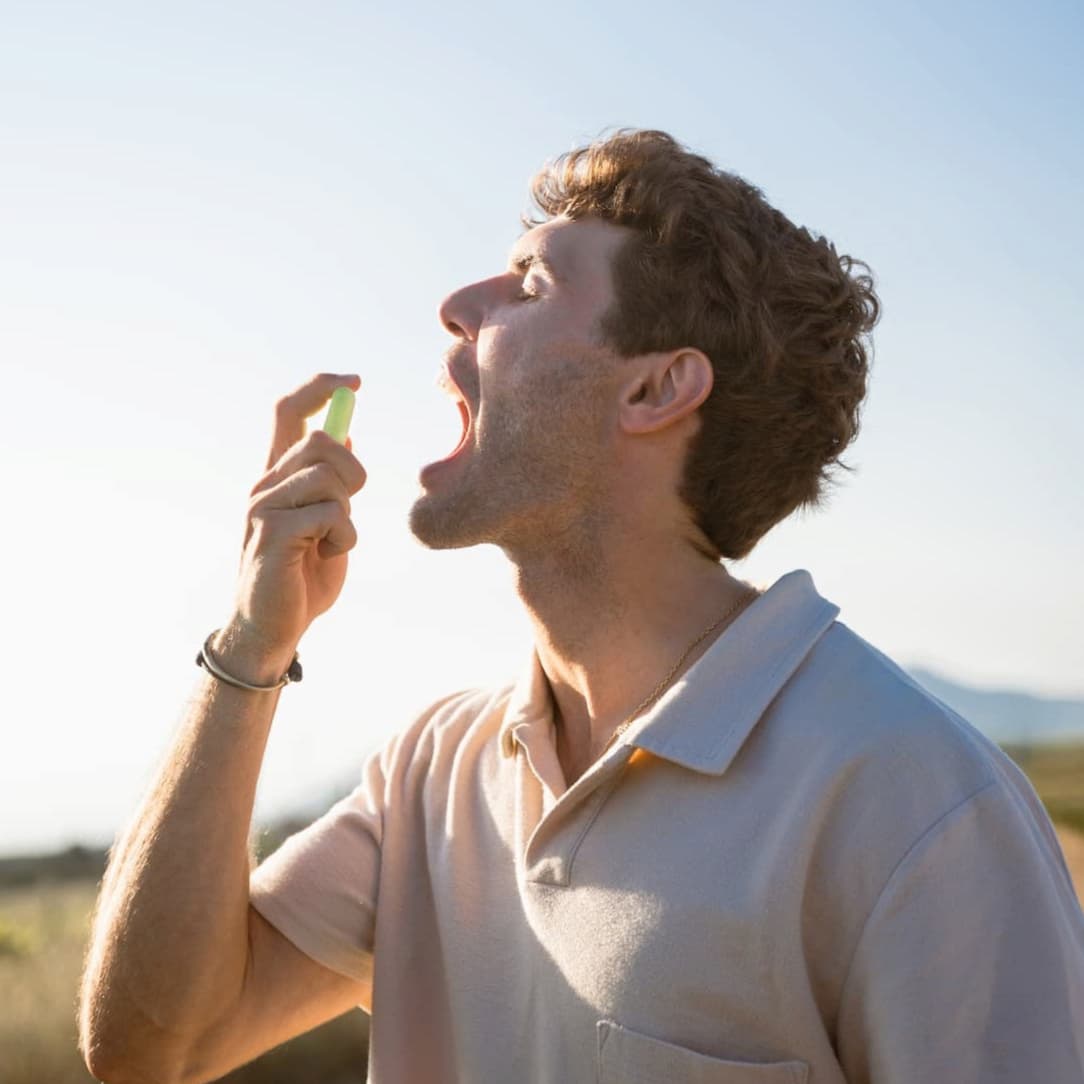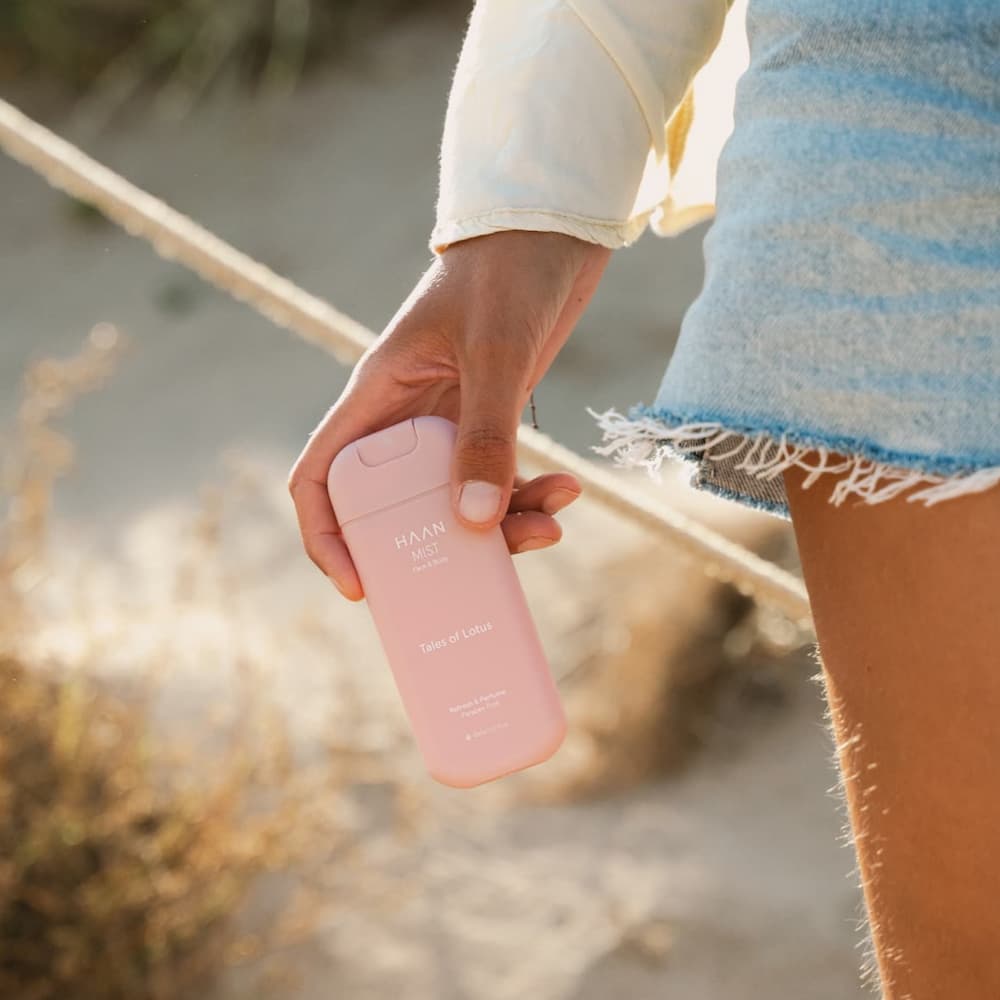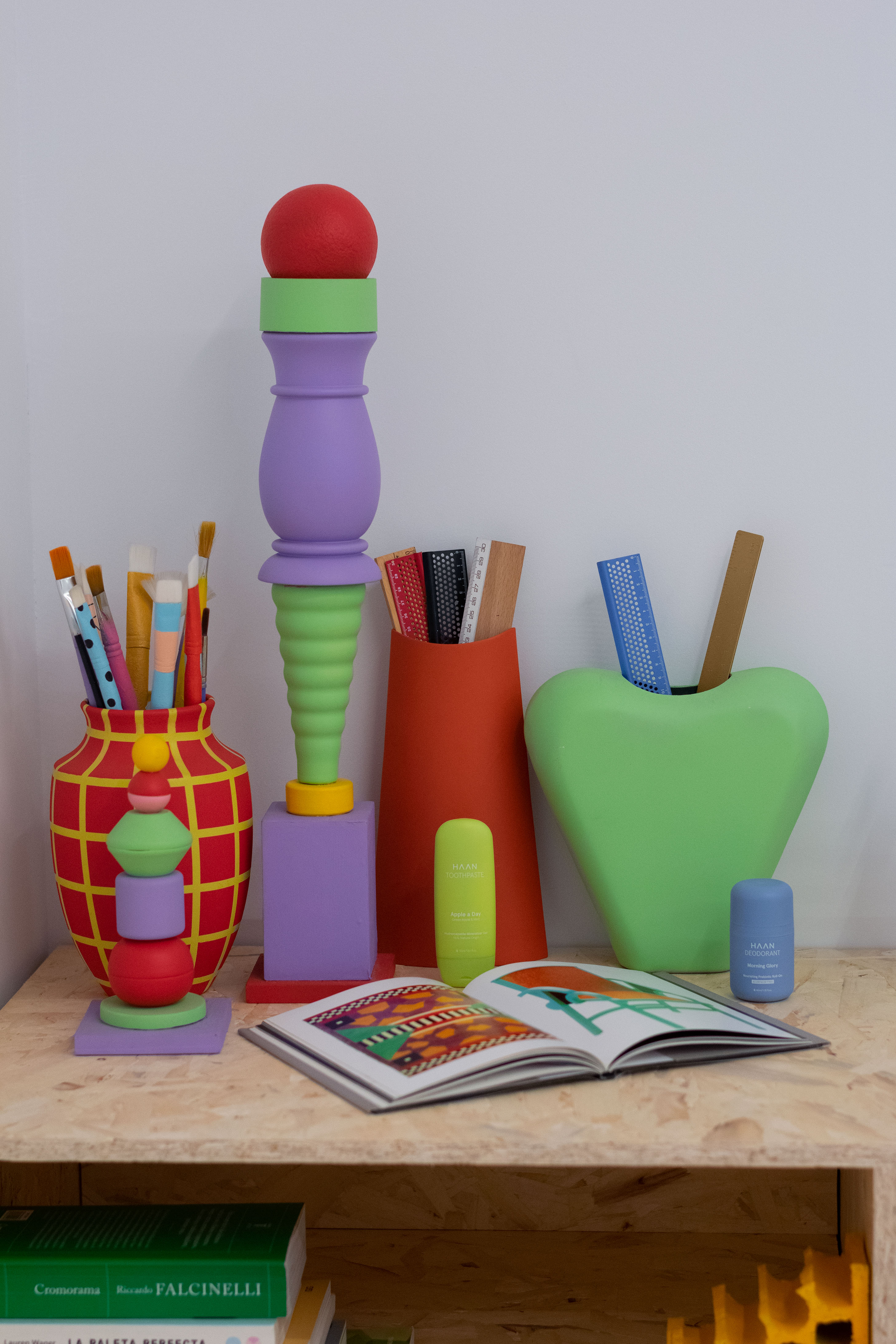
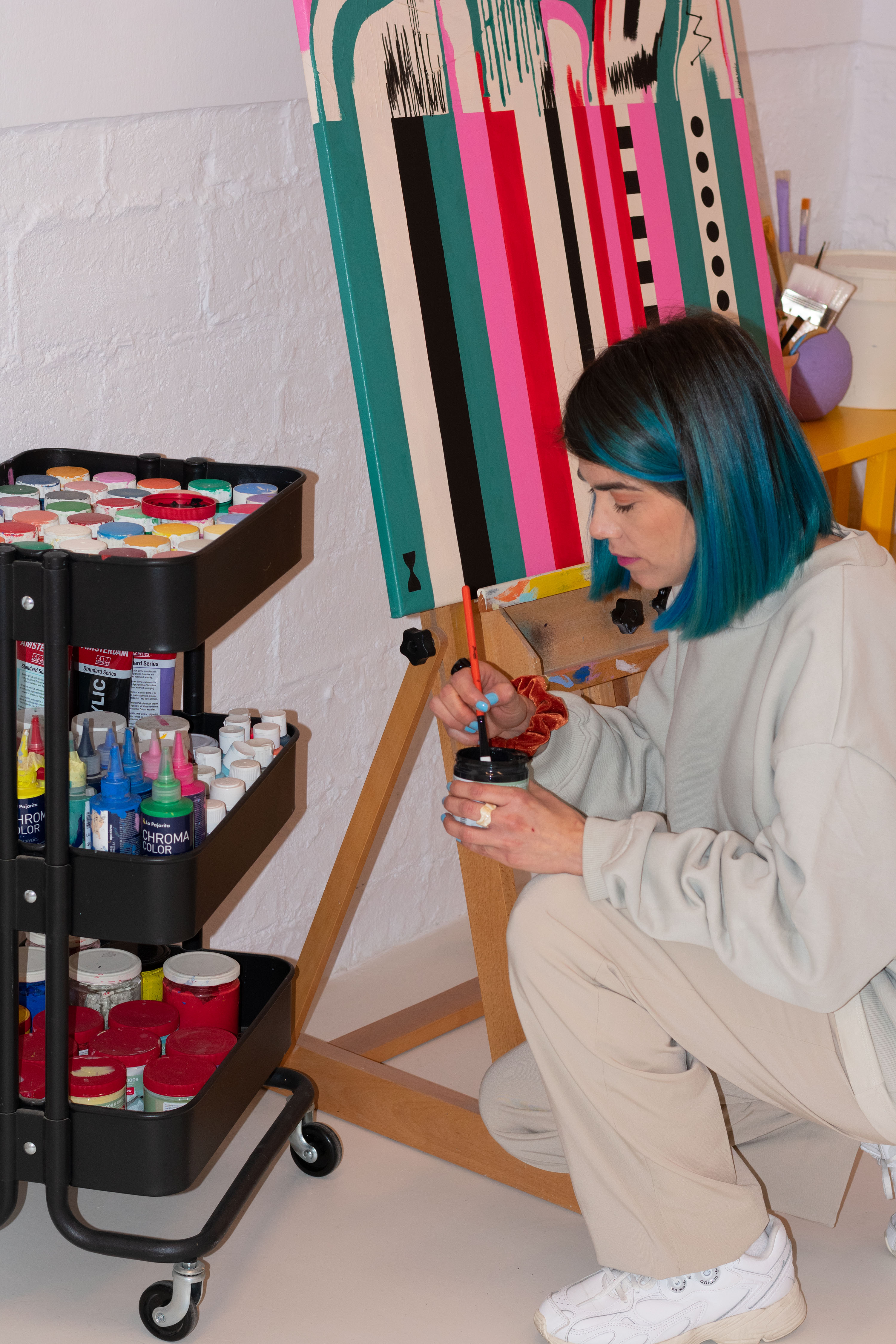
With a clear focus on shapes and vivid color ranges, Mireia Ruiz is a Barcelona based artist that creates dynamic compositions to convey a positive message.
We know that you've always liked painting but you decided to study design at BAU School. What did you learn or discover in those first years of your degree?
I discovered that I liked graphic design, that I was going to dedicate myself to it. Composing, communicating and thinking about production was something that fascinated me. I put aside the idea of taking up painting. I graduated and worked in several design studios, it was over the years that I realized that I needed to express myself in an artistic way, to get my hands dirty and leave design aside, although it was something progressive and based on my intuition, nothing consciously planned.
You founded Cocolia, a creative studio where you worked for more than 9 years. What was the experience like?
It was a very interesting stage because at Cocolia we decided to experiment with experimental photography and that led us to work on product scenography. I think we gave ourselves the opportunity to turn a graphic design studio into a creative studio and do more artistic projects. That was the starting point for me to take a leap in my profession and opt for what I had always wanted since I was a child: to paint.
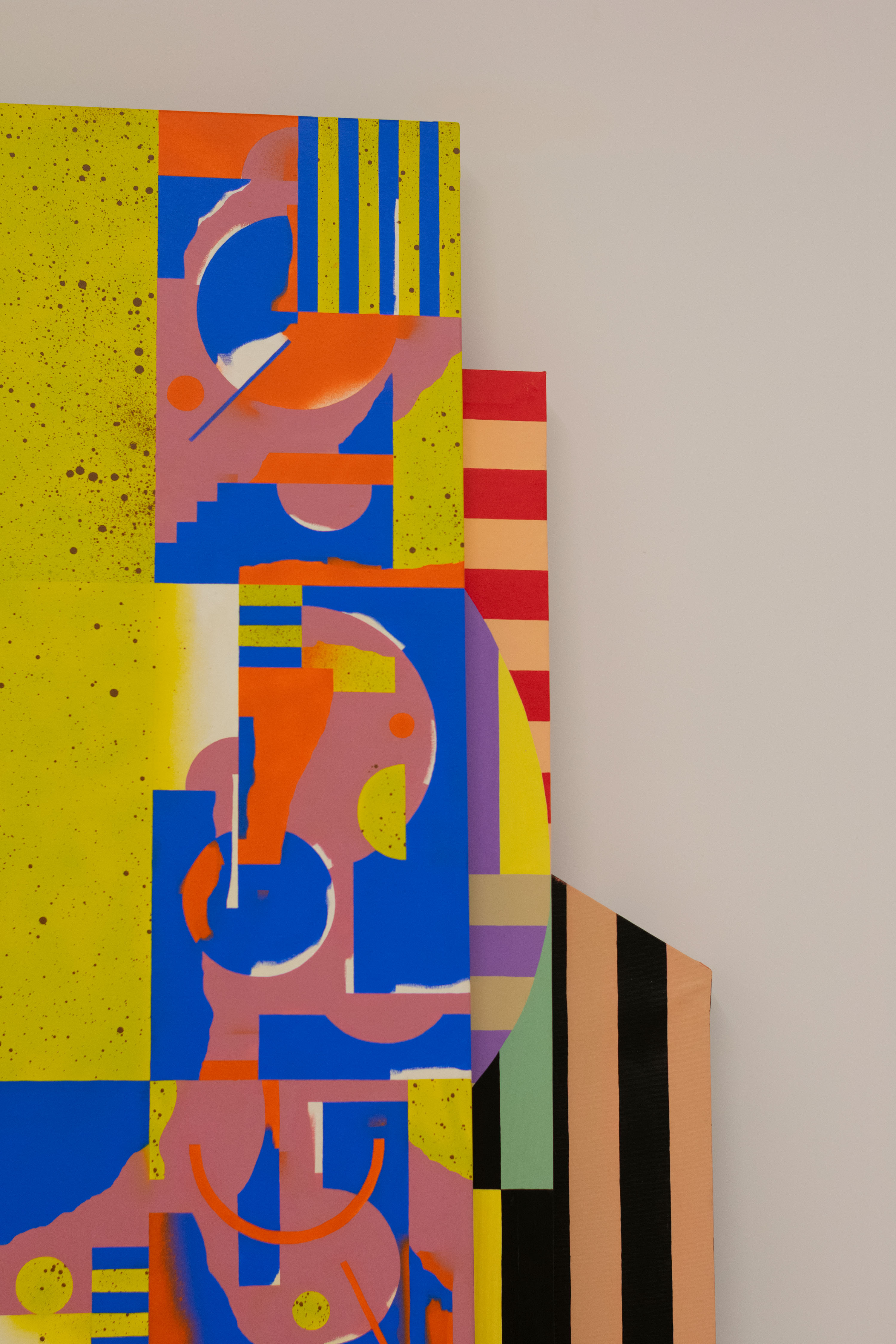
Afterwards, you decided to embark on your own path as a painter. Why did you make this decision?
Social networks played an important role, I started with my instagram account uploading personal projects and I noticed that there was a good reception. That reinforced my confidence, and little by little, progressively, I became convinced that it was possible that the path I had discarded was the one that made me happy and could become a reality.
What is the creative process behind your work like?
There is no formula that repeats itself, I simply let myself go. There are days that the material invites me to create, others that it is a color combination, or others that from a sculpture or a photograph I make, I transform it into shapes and colors. I try to put love into what I do and show it to others.
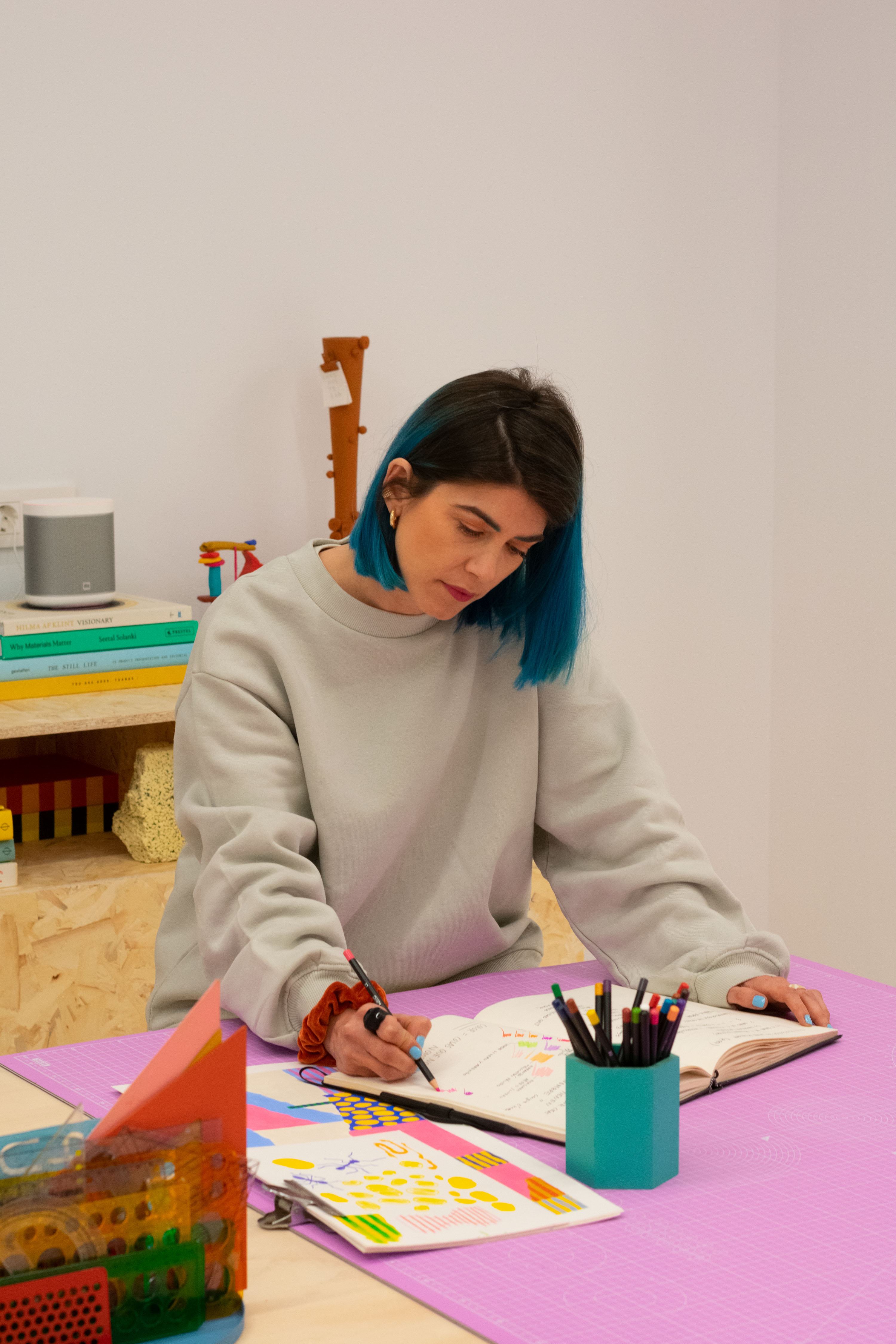

Advice (in reference to the creative process) that you would give to other artists or that you have been given?
I think the advice I've seen from other artists is perseverance and finding your own way to express yourself. It's true that you have to be realistic, but the world is a big place and you can always reach people who value your work and enjoy it.
3 references in the world of painting, and 3 in the world of art in general?
My great heroine is the Swedish artist Hilma af Klint (1862-1944), the true precursor of abstract art, whom I respect and admire. I am inspired by her mysticism, her interpretation of life, the cosmos and her use of color combined with geometry. Also Tomma Abts (1967), who works with abstraction and lines, something that links me to her. In the same vein, Anni Albers (1899-1994), from the Bauhaus school, with some impressive tapestries. And from contemporary art, I love the digital experimentation of Filip Custic, the visual artist John Yuyi, and the works of Felipe Pantone.
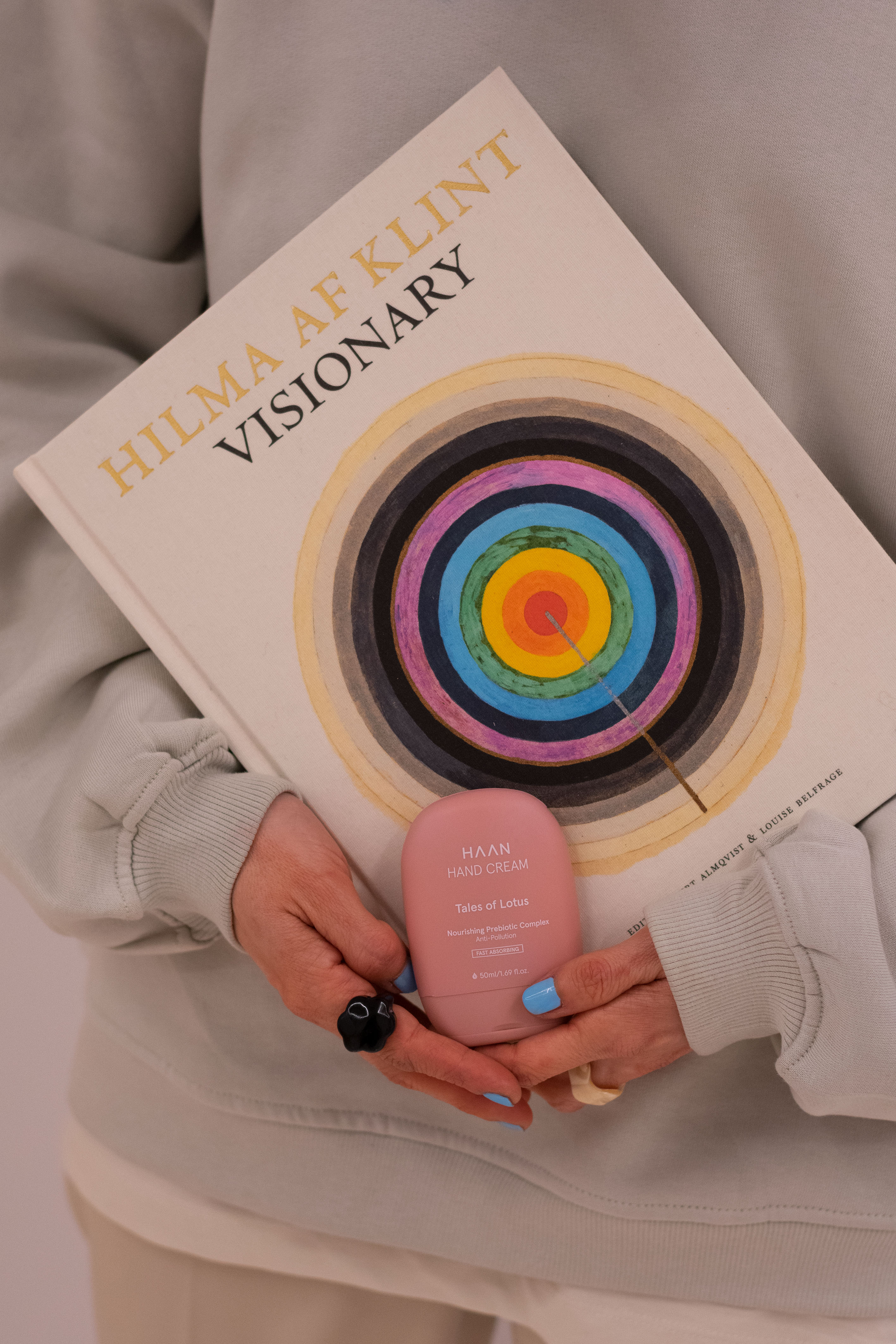
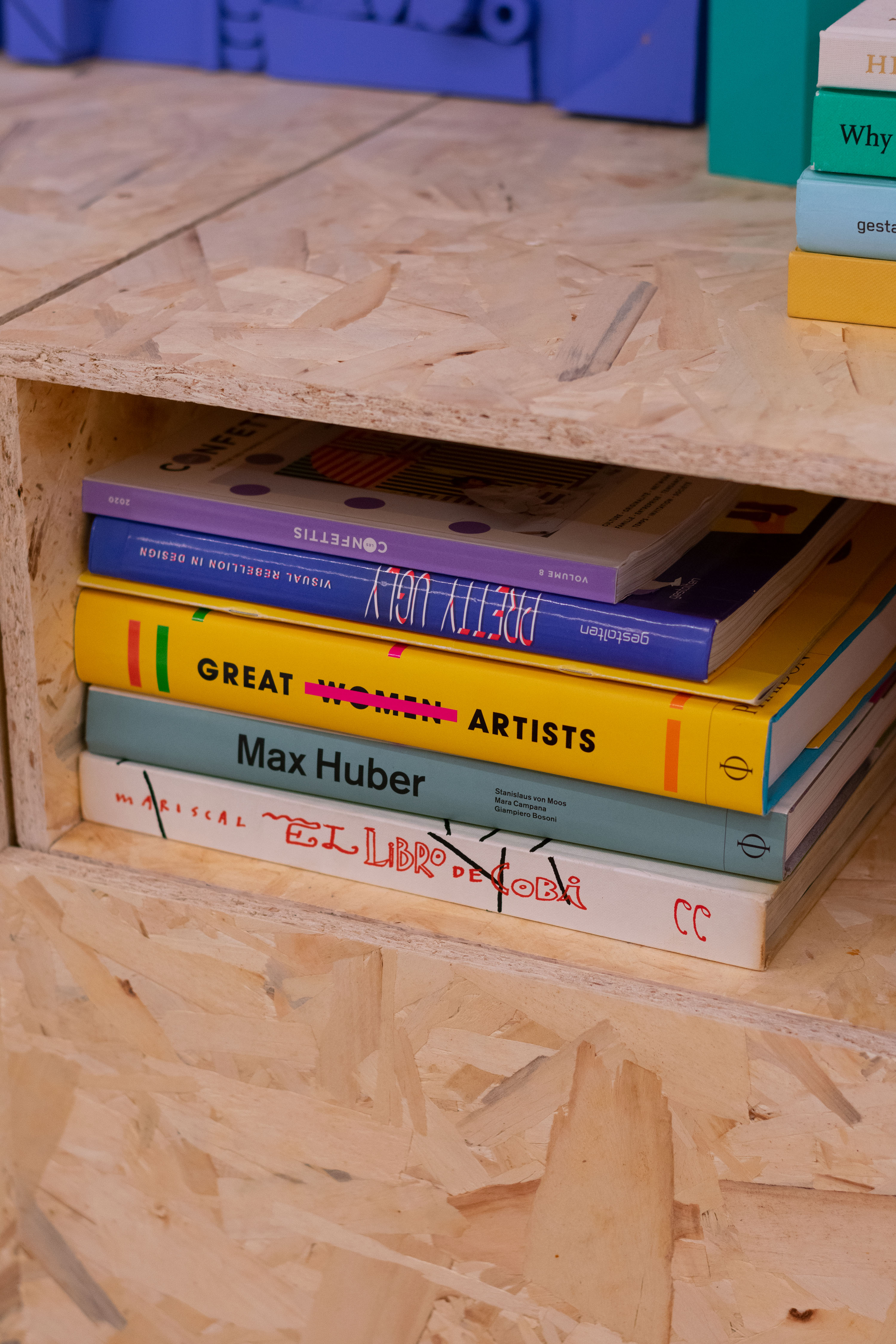
Beyond art, what other things or places inspire you?
There is a place I visit every week: it is a second-hand market in Barcelona called "Els Encants" near the Dhub design museum. This place allows me to see the amount of objects that human beings create, from all over the world and from all times. It is very interesting to observe each stop, full of a thousand unconnected objects, many of them forgotten and waiting for a second chance. I buy many objects there that I then use in my works and photographs. It is a way of recycling and consuming in a more responsible way.
What role does color play in your work?
My relationship with color comes from my childhood and it is obsessive. I was born in the 80s, and that marks my work enormously. I remember that my mother insisted a lot on the combination of colors in my clothes, my socks had to match my T-shirt and so on. I also had times when I dressed completely in blue, red or pink. Color has a communicative power and a positive message in my work. In my creative process, the choice of the color range is one of the most important moments, it depends on how I feel and what I want to convey. I give it a superior importance, it is one of the most exciting moments for me.
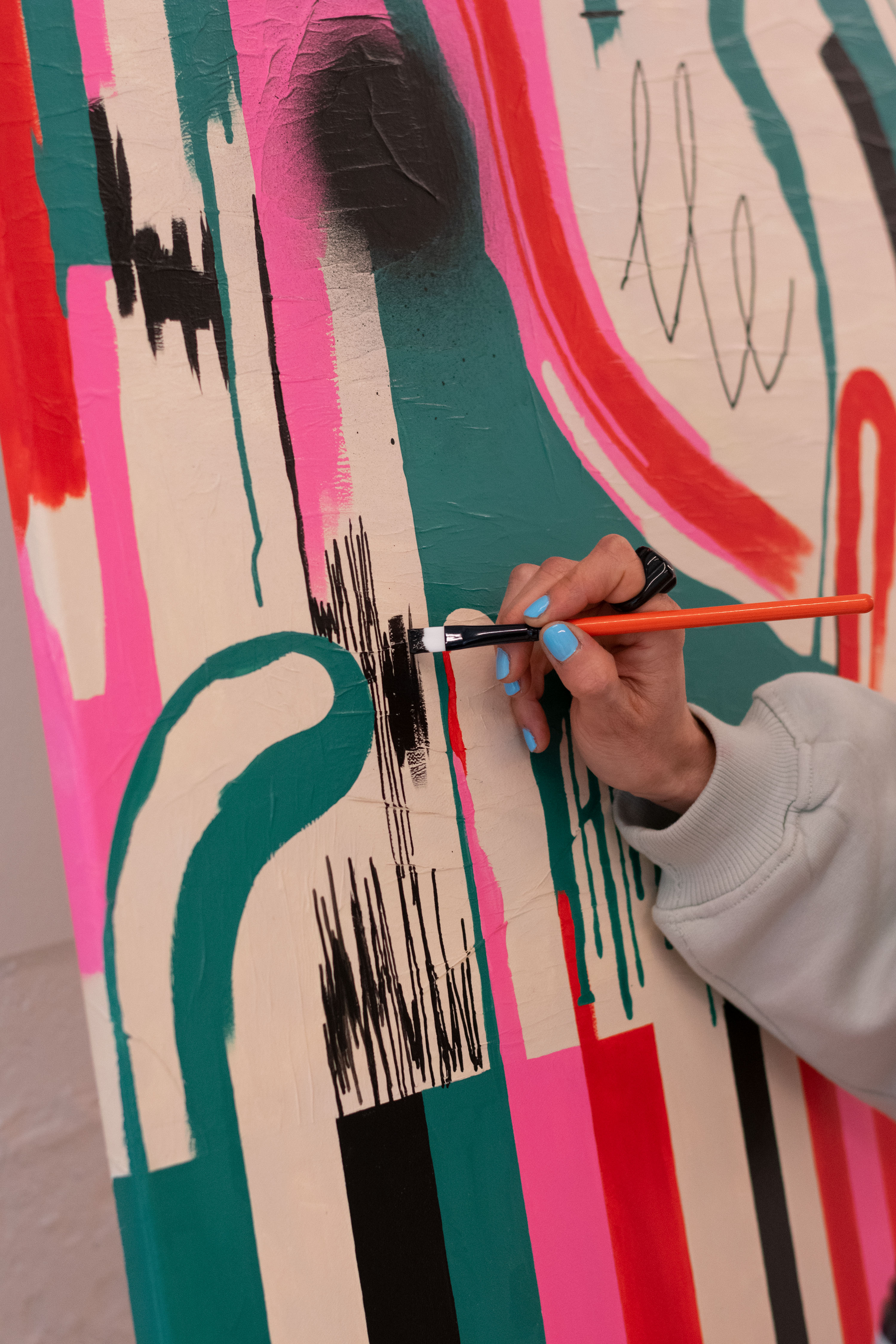
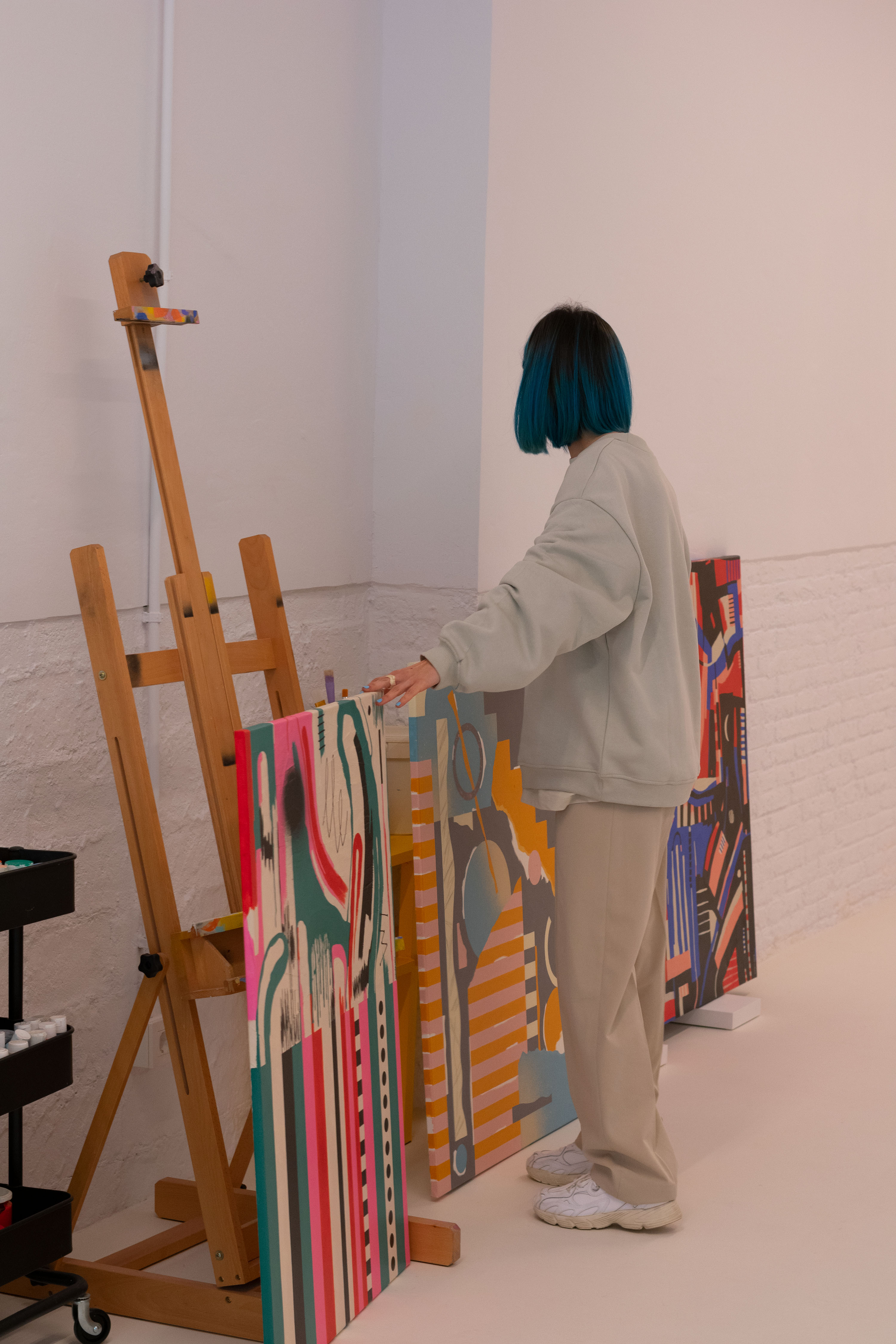
What value do you find in reusing objects for your work?
The value of being more aware of what we throw away. I like to give a chance to what others no longer use. When you do upcycling, you feel better. It is about an object that doesn't fit in your life and through creativity and painting or other materials, you bring it back to life. The result for me is unique, manual, caused by the excess of objects that the human being produces. Just throwing it away seems to me a violent act. If you make a creative effort, it can fill you emotionally again.
We know that another important part of your daily life is teaching at IDEP and Domestika. Why did you decide to start in the world of teaching? What do you like the most about it?
I started because I was asked to teach creativity. Obviously I couldn't resist and I loved it. I really enjoy being a teacher, teaching is a very satisfying experience and I think it's a nice exchange. On the one hand, I try to transfer my experience and knowledge as a professional and on the other hand, the students give me a fresh and energetic vision of the profession. The classes I teach always start with projects where the students have to move from the world of ideas to the physical world, that's where you can really see that there is a passion for creating and where the creativity of the individual lies. My job is to accompany them from the conceptualisation and development of the idea, the sketching of it, the calculation of the production… And to show them their experimental and creative process, bearing in mind that mistakes and successes are part of knowledge. They should always value them and share them with their classmates. I try to transmit to them that there are not bad ideas but bad executions. It is important to execute ideas in order to learn and show them to society, so that they don't just remain an idea on paper. I want them to value the freedom to create, I don't judge their ideas, but I ask them how they are going to carry them out. Without freedom, there is no creativity. My job is to help them overcome their fears and the possible problems that may arise in the production of an idea.
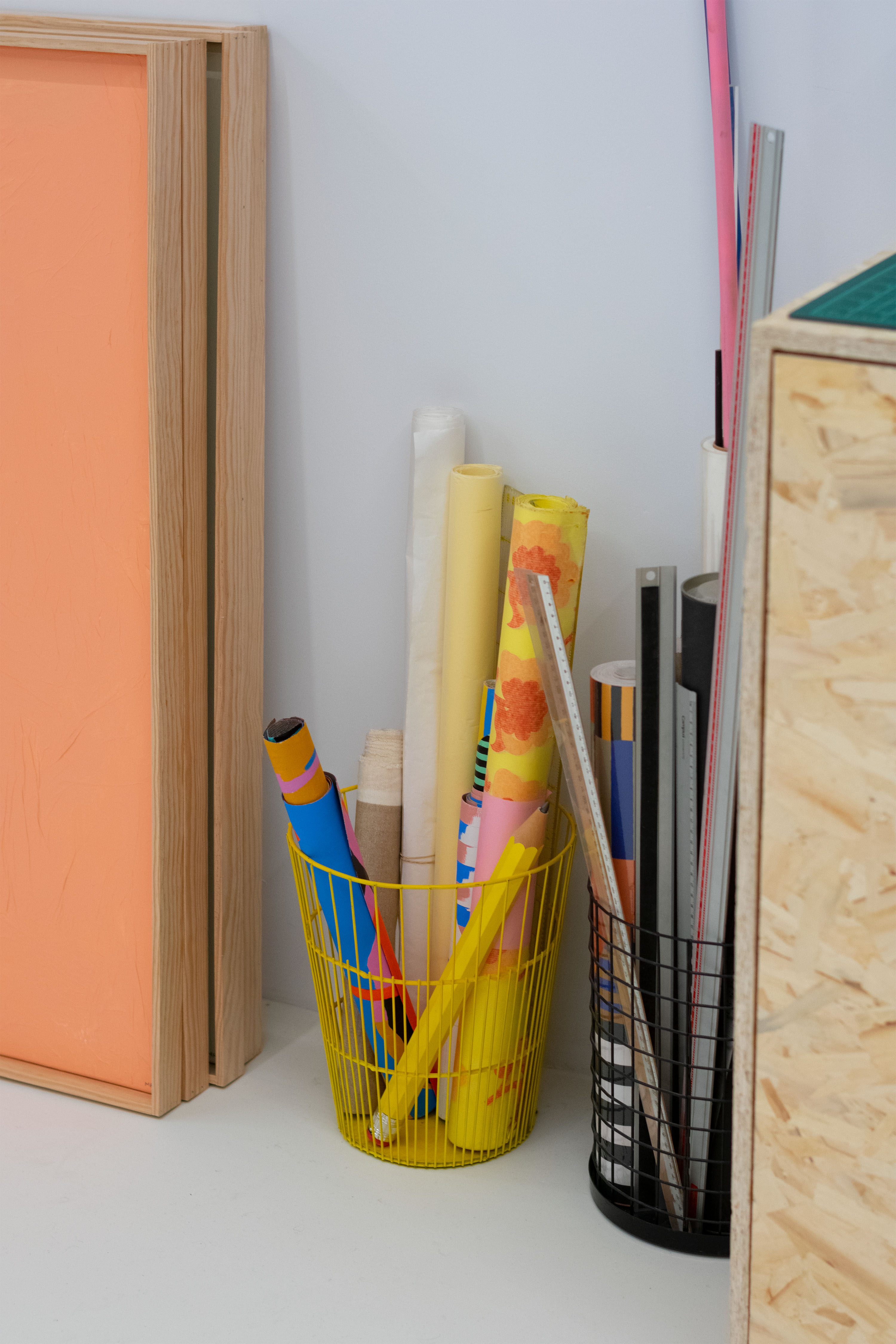
Of all the projects you have embarked on, could you tell us 3 that you have special memories of?
For me, the most extraordinary collaboration was with the Australian brand Gorman Clothing. They made a limited collection of garments with prints taken from my paintings. Knowing that your work doesn't stay just on a canvas and comes to life in a dress, skirt, socks or any accessory, is to expand its diffusion to life and make it walk the streets. So, the world of fashion is one of the areas in which I feel most excited. Working for clothing brands that can use my paintings as prints is very exciting for me because I know that someone will wear one of my creations. It fills me up. Since that first collaboration, I have worked for different clothing brands such as my friend Lisa's Italian brand Lau Clothing, with Megan from Gazzy by Gazzo in the United States and with Vicky and Sergio's La vida Mola from Mallorca.
You have more than 72,000 followers on Instagram. What role do you think social media has played in your work over the years?
A fundamental role. At the beginning, it was a game or an attempt to get rid of my frustration, and then, little by little, it became a job. It's an open window to the world and I think it's very useful professionally.
How do you like to take care of yourself and how do you like to disconnect in your day-to-day life?
I like to take care of myself by resting, I avoid stress as much as I can although sometimes it's almost impossible. I disconnect sitting on a park bench, when the sun hits my face and I see people passing by... Nothing special, but I look for those breaks in the day.
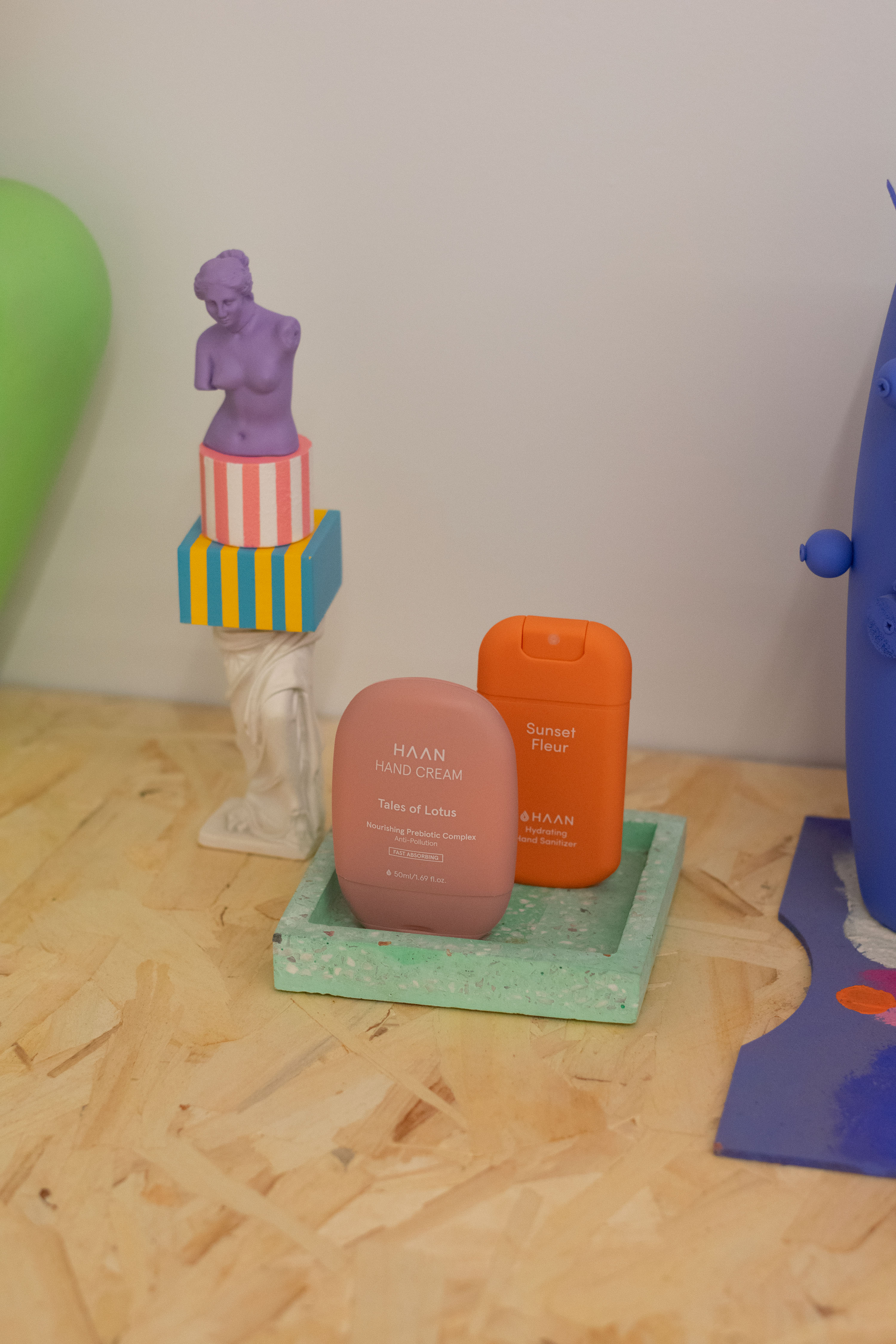

A quick catch up!
What do you do on a Sunday afternoon? Siesta
If you could only go to one museum for the rest of your life, which one would it be? Dhub
The drink that makes you the happiest: Orange juice
First thing you do when you wake up in the morning: Coffee with milk in a glass
Artist crush? Hilma af Klint
Favorite color? Hmm, yellow? I can't answer
What is your least favorite color or one that you use the least when creating? I have a hard time with green
Favorite time of the day to paint? In the morning
Favorite trip you've ever taken? Melbourne, Australia
F*ck, marry, kill: Etel Adnan, Henri Matisse, Keith Haring: Hmm, Fuck Keith Haring, marry Etel Adnan and kill Matisse, I'm really sorry... but I'm not going to kill the first two.


